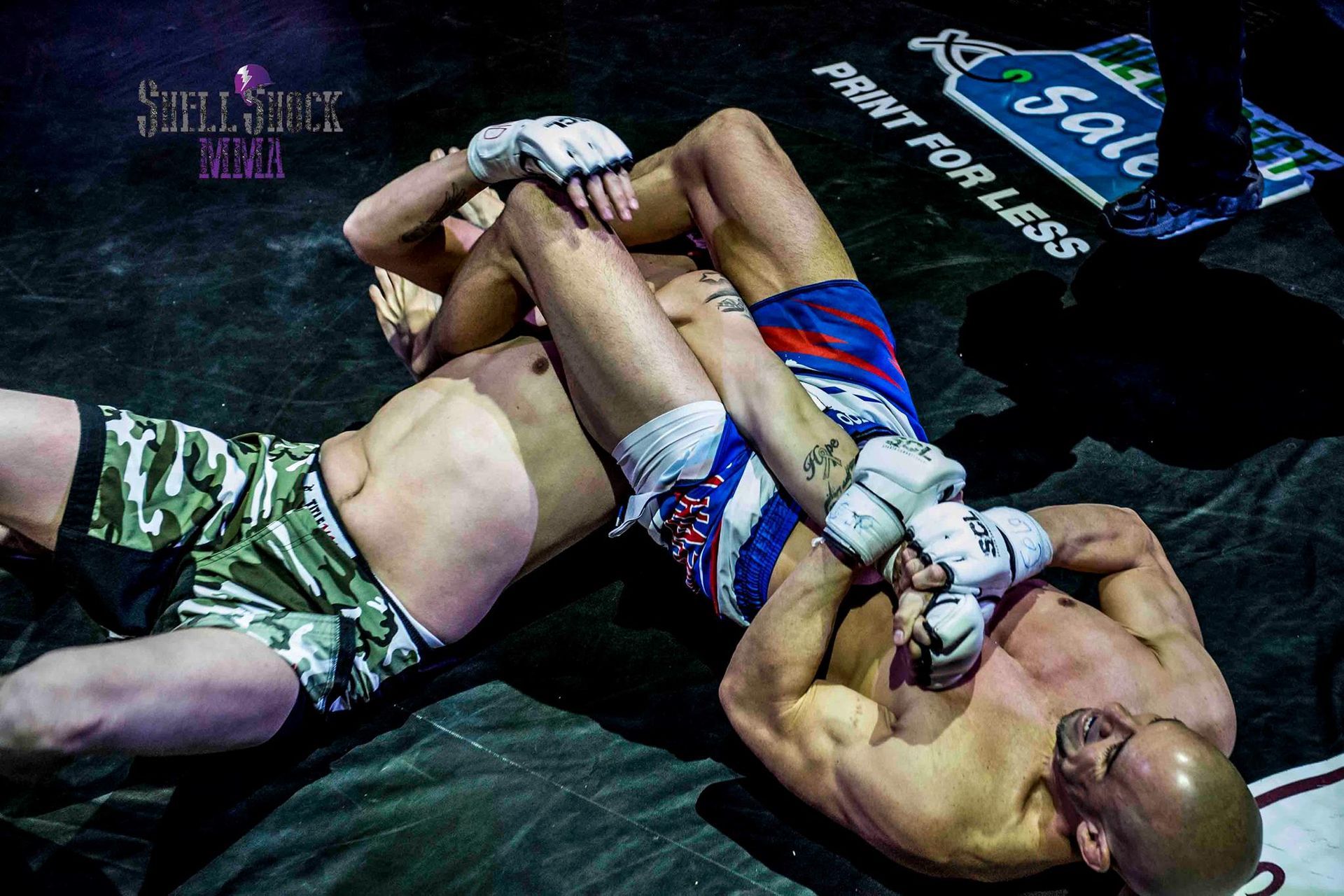3 Tips to Get the Most Out of Your Training Sessions
Unlocking Student Engagement in Law Enforcement Training
One of the most common challenges we hear from our students at the beginning of our courses is the struggle to stay engaged. Many describe scenarios where students attend classes just to get their names on the attendance sheet, without any real expectation of improving. Unfortunately, this is a widespread issue in law enforcement training rooms across the country.
Here are three effective strategies to increase student buy-in and enthusiasm:
1. Are You Bought In?
As an instructor, it’s crucial to lead by example. Maintain your physical fitness to pass the “eye test” that most officers will use when they enter training. Can you perform the tasks you expect from your students? Coaches should continuously develop their skills by reading books, watching videos, and learning from experts in coaching and human performance outside of law enforcement. Avoid being the “this is the way we’ve always done it” instructor. Keep your ego in check and remember that the training is not about showcasing your greatness but about enhancing your students’ abilities. It’s unrealistic to expect students to generate excitement and positive energy if the instructors themselves are not modeling it.
2. Setting the Stage
The classroom environment plays a significant role in student engagement. Ensure the classroom is set up, cleaned, and ready before the first student arrives. Display a logo, picture, or quote on the screen to greet them. Play music to engage their sense of hearing and create a warm atmosphere. Arrange desks, tables, and chairs neatly to show that you and your team take their time seriously. Arriving early to prepare the classroom demonstrates your commitment to making the most of their learning time.
3. Program Progression
It’s essential to keep your training program current with new case law rulings, statute changes, and use-of-force trends nationwide. Teach new skills that address the threats today’s officers face, both on the street and within use-of-force guidelines. Continuously update your program by removing outdated skills that are no longer effective or appropriate. To gain student buy-in, ensure your programs remain relevant, build confidence, and prepare officers to handle use-of-force encounters successfully.
Conclusion:
By implementing these strategies, you can transform your training sessions and inspire your students to excel. Let’s work together to create a more engaging and effective training environment for our law enforcement officers. Stay tuned for more insights and tips on enhancing your training programs!
#LawEnforcement #Training #StudentEngagement #PoliceTraining #Leadership #ContinuousImprovement




